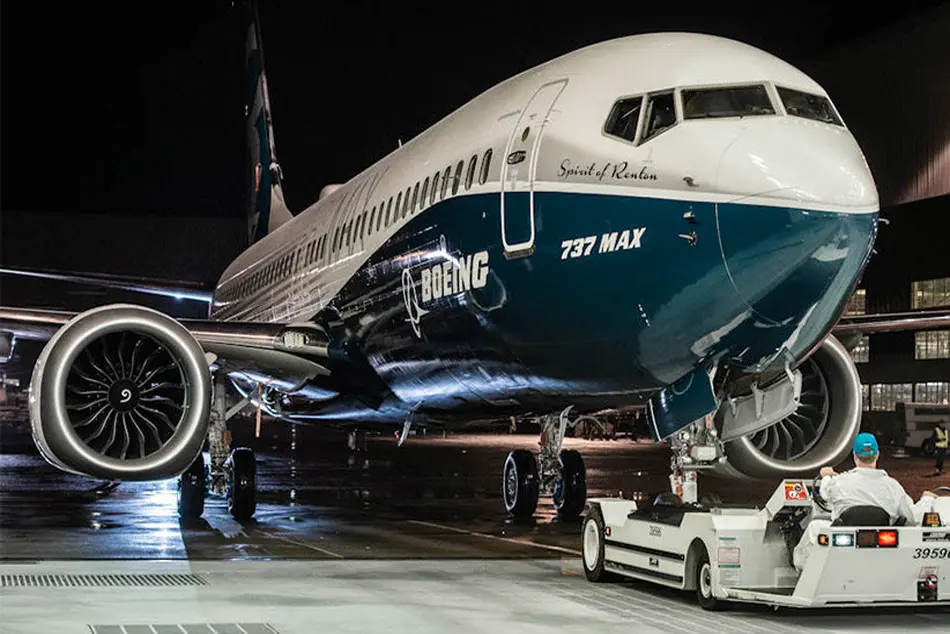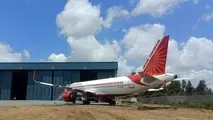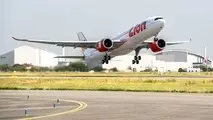Opinion: Aerospace Would Be Exposed In Potential Trade War
Two themes have been present all along: a dysfunctional, disrupted supply chain and much higher than usual inflation that has temporarily slowed to more normal levels. Many small (and some big) suppliers are on the brink, and the aerostructures industry is in particular trouble.

Commercial aircraft manufacturing and the airline industry have been going through one of their most operationally and financially challenging periods for several years now. After the COVID-19 pandemic had slowly dissipated, airlines—often burdened with multiple billions of dollars in debt needing to be repaid—were struggling to rebuild their fleets amid unexpected and unprecedented delays in the delivery of new aircraft or spare parts. Manufacturers have also struggled with rebuilding production capacity and are still far from the levels of six years ago.
Two themes have been present all along: a dysfunctional, disrupted supply chain and much higher than usual inflation that has temporarily slowed to more normal levels. Many small (and some big) suppliers are on the brink, and the aerostructures industry is in particular trouble.
If anyone hoped that things would finally improve in the next few years, that could quickly turn out to be a misjudgment. It looks like supply chain disruption and inflation could be themes that will accompany the global commercial aerospace industry for the next four years. The new U.S. administration under President Donald Trump has begun rolling out tariffs, first against Mexico, Canada and China, and likely soon to be followed by the European Union. China has already announced retaliatory measures; the tariffs against Mexican and Canadian imports in the meantime have been suspended for a month.
While it is impossible to predict what will happen next, the initial measures could still evolve into a broader, protracted global trade war. How severe the impact on aviation will be depends on the exact nature of measures that remain to be seen. What is clear: The industry will be hurt more by a broader trade war.
Major players are starting in different positions. Boeing builds its aircraft only in the U.S., but it receives components for them from all over the world. GE Aerospace and Pratt & Whitney engines are also made up of parts sourced from around the globe. Airbus builds commercial aircraft in France, Germany, China, Canada and the U.S.—and, of course, the parts for them come from everywhere.
Many U.S. aerospace companies have moved some work to Mexico, and there are Canadian components in Airbus A220s built in Mobile, Alabama. China is importing U.S.-made engines to power the Comac C919. Aircraft parts are coming from India and Brazil, among many other countries.
Sustained tariffs—or even worse, export sanctions—are introducing the very real danger of creating more disruption in an already highly stressed supply chain that—in spite of everything—seemed to be on the verge of stabilizing.
The administration’s hope that companies could react by onshoring work again appears to be far-fetched. Such actions would include very expensive multiyear projects, and a new U.S. administration could opt for completely different trade policies in four years. Plus, the main reasons for offshoring—such as high costs—continue to persist or are getting worse.
One misunderstanding about tariffs is that they are paid by the countries upon which they are imposed. In fact, in this case, U.S. airlines and their customers—so ultimately the flying public—would have to foot the bill in the form of higher air fares. In a broader sense, inflation would return. Tariffs for aerospace goods would make Boeing aircraft more expensive—even a 737-8 delivered from Renton, Washington, to Delta Air Lines or another 787 sent to United Airlines’ Chicago base from North Charleston, South Carolina. Those aircraft would become even less competitive if they were to be delivered to a foreign carrier based in a country that has put in place its own tariffs to counter the U.S. measures.
For the record, around 65% of all Boeing aircraft are delivered to non-U.S. customers and about the same share of Airbus jets goes to non-European operators, analysis from Vertical Research Partners shows.
In the immediate aftermath of the pandemic, airlines have benefited from pent-up travel demand. More recently, the solid economic trends in many countries, including the U.S., have supported travel spending. What companies and individuals do not like before making decisions on investments or leisure travel is uncertainty. An imminent trade war that would threaten investments and jobs is introducing just that.



